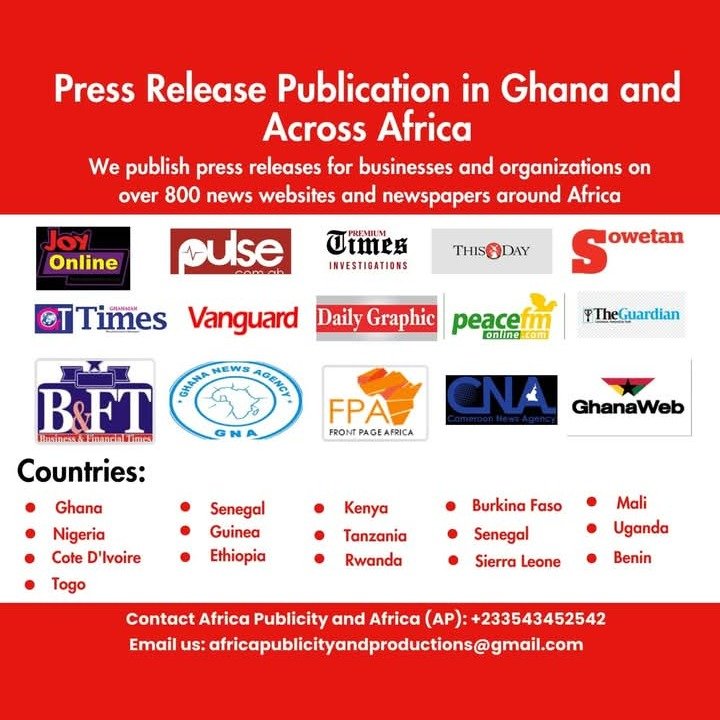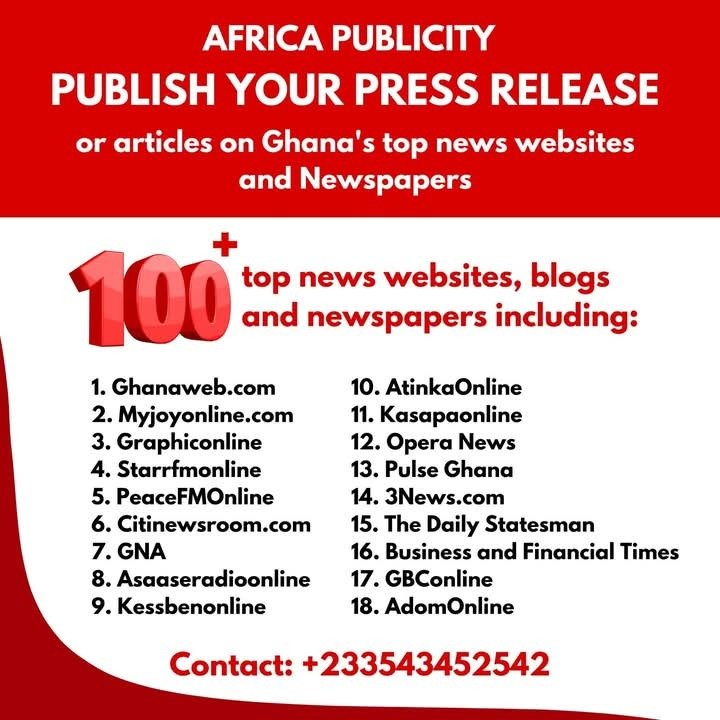By Emmanuel Mihiingo Kaija
Introduction
Uganda has emerged as one of Africa’s most generous hosts of refugees, embodying a humanitarian approach that combines policy innovation with social inclusion. As of August 2025, Uganda is home to approximately 1,946,518 refugees, of which around 1,022,393 are from South Sudan, representing the largest refugee group in the country (UNHCR, 2025). This influx is largely driven by the protracted civil conflict, inter-ethnic violence, and chronic political instability in South Sudan, which have forced millions to flee their homes in search of safety and security. Uganda’s progressive refugee policies grant individuals freedom of movement, the right to work, access to formal education, and land for cultivation, distinguishing it as a global model of refugee protection. Unlike many countries that confine refugees to camps with restricted rights, Uganda’s approach emphasizes self-reliance and dignity, allowing refugees to actively participate in economic and social life. This policy framework not only provides immediate humanitarian relief but also fosters resilience, enabling displaced communities to rebuild their lives while maintaining cultural continuity and social cohesion.
Scale of the Refugee Situation
The scale and complexity of Uganda’s refugee situation are unprecedented, with settlements swelling to accommodate hundreds of thousands of people in regions such as Bidibidi, Palorinya, Imvepi, Rhino Camp, and Kiryandongo. Bidibidi, for instance, is one of the largest refugee settlements globally, hosting over 230,000 South Sudanese refugees alone. The rapid influx has placed immense pressure on infrastructure and public services, from housing and sanitation to healthcare and education. Overcrowding remains a persistent challenge, exacerbating vulnerability to communicable diseases and straining limited medical facilities. Furthermore, limited access to clean water and energy infrastructure has created daily hardships, particularly for women and children who bear the brunt of household and caregiving responsibilities. The spatial concentration of refugees in northern and western districts has transformed these regions into densely populated humanitarian zones, creating both opportunities for community development and challenges in resource allocation, governance, and environmental sustainability.
Humanitarian and Socioeconomic Challenges
The humanitarian response to Uganda’s refugee crisis requires substantial coordination between the government, UN agencies, and international and local NGOs. Organizations such as the UNHCR, World Food Programme (WFP), UNICEF, and Médecins Sans Frontières (MSF) provide food, healthcare, education, and psychosocial support. Despite these efforts, funding shortfalls remain a significant barrier, forcing reductions in food rations, curtailment of healthcare services, and limited support for livelihoods programs. Socioeconomic tensions have also emerged in host communities, where increased competition for land, employment, and social services has sometimes strained relationships between refugees and local populations. The integration of refugee populations into local economies offers opportunities for economic growth, but it also requires careful planning and investment to avoid exacerbating inequalities. For instance, while agricultural programs allow refugees to cultivate land and generate income, the limited availability of arable plots and modern farming tools constrains productivity. Consequently, Uganda faces the dual challenge of sustaining humanitarian relief while promoting long-term development and stability in refugee-hosting regions.
Refugee Settlements and Living Conditions
Refugee settlements, while providing essential services and security, often present complex living conditions characterized by resource scarcity and overcrowding. In settlements such as Bidibidi, Palorinya, and Imvepi, residents contend with limited access to healthcare, education, and employment opportunities. Schools are frequently overcrowded, with insufficient teaching materials and staff to meet the needs of refugee children, while health facilities operate beyond capacity, struggling to deliver maternal care, vaccination programs, and treatment for infectious diseases. Women and children remain especially vulnerable, facing elevated risks of gender-based violence, malnutrition, and mental health challenges associated with displacement and trauma. Despite these hardships, refugee communities have developed adaptive strategies, establishing informal markets, local governance structures, and community organizations that facilitate social cohesion and economic activity. These efforts reflect the resilience of refugees and the potential for self-reliance when provided with supportive policies and resources.
International Support and Policy Response
Uganda’s ability to host over one million South Sudanese refugees is underpinned by extensive international support and a forward-looking policy framework. Donor governments, international NGOs, and UN agencies contribute funding, technical expertise, and logistical support, enabling the provision of food, health services, education, and livelihood programs. Uganda’s refugee policies, which emphasize freedom of movement, access to employment, and land for cultivation, are often cited as among the most progressive worldwide, allowing refugees to integrate into the local economy rather than remain confined to camps. Nonetheless, these policies place considerable demands on national resources, and ongoing financial and technical support from the international community remains crucial to ensure that both refugees and host communities can thrive. Strategic investments in infrastructure, health systems, education, and agricultural development are necessary to maintain the sustainability of this humanitarian model and prevent long-term socioeconomic disparities.
Conclusion
Uganda’s hosting of over one million South Sudanese refugees exemplifies a humanitarian approach marked by generosity, inclusivity, and foresight. While the country has demonstrated exceptional commitment and innovation, the magnitude of the crisis highlights persistent challenges related to funding, infrastructure, and the equitable distribution of resources between refugees and host communities. Addressing these challenges requires sustained international collaboration, enhanced policy coordination, and investment in both immediate humanitarian relief and long-term development initiatives. By balancing the needs of refugees with the priorities of host communities, Uganda can continue to provide safe haven and opportunities for displaced populations while strengthening its own social, economic, and institutional resilience. Ultimately, Uganda’s experience offers valuable lessons for the international community on how inclusive refugee policies can transform humanitarian crises into opportunities for social and economic integration.
References
Food and Agriculture Organization of the United Nations (FAO). (2024). Impact of displacement on food security and livelihoods in Uganda. FAO. https://www.fao.org/uganda/publications
Government of Uganda, Office of the Prime Minister. (2025). Uganda refugee response plan 2025: Supporting self-reliance and resilience. https://www.opm.go.ug/refugees/uganda-refugee-response-plan-2025.pdf
International Rescue Committee (IRC). (2024). South Sudanese refugees in Uganda: Health, education, and protection needs. https://www.rescue.org/country/uganda
United Nations High Commissioner for Refugees (UNHCR). (2025, August 31). Uganda refugee statistics: Population of concern by country of origin. UNHCR. https://data.unhcr.org/en/country/uga?utm_source=chatgpt.com
United Nations High Commissioner for Refugees (UNHCR). (2024). South Sudan situation: Uganda refugee response update. https://www.unhcr.org/en-us/south-sudan-emergency
World Food Programme (WFP). (2025). Food assistance for refugees in Uganda: Challenges and outlook. WFP. https://www.wfp.org/countries/uganda
Médecins Sans Frontières (MSF). (2024). Health and humanitarian interventions for South Sudanese refugees in Uganda. MSF. https://www.msf.org/uganda
Human Rights Watch (HRW). (2024). Uganda: Protecting the rights of refugees and host communities. https://www.hrw.org/news/2024/05/07/uganda-refugees-rights
African Development Bank (AfDB). (2023). Regional migration and refugee management in East Africa: Uganda case study. AfDB. https://www.afdb.org/en/documents/uganda-refugee-management








